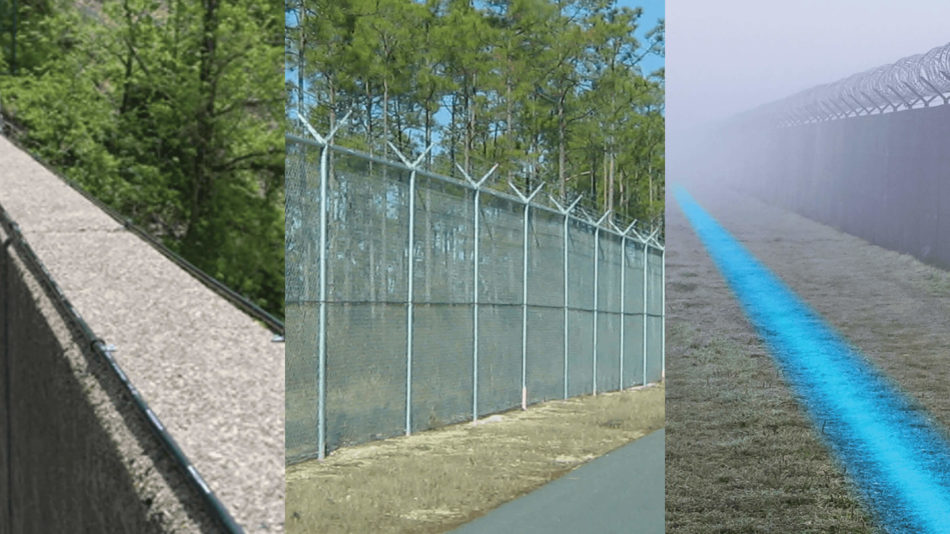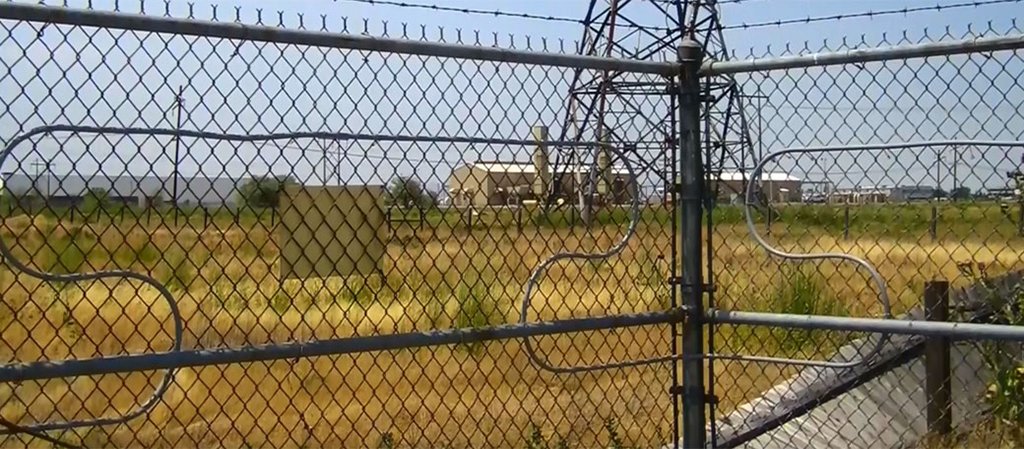The Role of Fiber Security in Enhancing Your Digital and Physical Security Network
The Role of Fiber Security in Enhancing Your Digital and Physical Security Network
Blog Article
Secure Your Home With Dependable Fiber Optic Protection Solutions
In a period where protection threats are increasingly sophisticated, the need for reliable protection options is vital. Fiber optic safety systems stand out by using outstanding integrity and efficiency, leveraging sophisticated light transmission innovation to enhance surveillance capabilities. security fibers. Understanding the ins and outs of fiber optic protection can illuminate the path to protecting your property more efficiently.
Benefits of Fiber Optic Security
Fiber optic safety and security solutions offer a series of advantages that make them increasingly crucial in today's electronic landscape. One of the most substantial benefits is their superior data transfer capability, which enables the transmission of huge amounts of information over lengthy distances without substantial signal deterioration. This capability is specifically beneficial for security systems that rely upon high-def video security and real-time tracking.
Additionally, fiber optic cords are inherently extra protected than typical copper electrical wiring. They are unsusceptible to electromagnetic disturbance, making them less at risk to hacking or eavesdropping. This improved protection is vital for protecting delicate information and maintaining the honesty of surveillance systems.
Moreover, optical fiber are much more sturdy and resistant to environmental variables, such as moisture and temperature level variations, guaranteeing lasting reliability and decreased upkeep prices. The lightweight nature of fiber optic cords additionally simplifies installation procedures, enabling greater versatility in system layout.
Just How Fiber Optic Systems Work
In modern-day protection applications, the procedure of fiber optic systems depends on the concepts of light transmission via adaptable glass or plastic fibers. These fibers are created to bring light signals over cross countries with minimal loss, making them ideal for transmitting information associated with safety tracking. The core of the fiber, surrounded by a cladding material, ensures that light signals remain had within the core via a phenomenon called complete inner reflection.
When integrated right into safety systems, fiber optic cable televisions can transmit information from various sensing units, such as cams, activity detectors, and alarms, to a main tracking station. The high data transfer capability of fiber optics enables the transmission of big quantities of information concurrently, enabling real-time security and timely feedback to prospective threats.

Kinds Of Fiber Optic Safety Solutions
Various sorts of fiber optic safety and security solutions have actually emerged to boost monitoring and defense across various atmospheres. One prominent option is fiber optic border invasion discovery systems (PIDS), developed to monitor and protect home limits via the detection of vibrations and disruptions along fiber optic cables. These systems supply real-time alerts, allowing punctual responses to unauthorized accessibility attempts.
One more reliable solution is fiber optic video security. This technology leverages high-def electronic cameras connected through fiber optic wires to transmit video data over cross countries without significant loss of quality. This configuration is specifically useful in large locations, such as airports and industrial sites, where standard copper wires might fail.
Additionally, fiber optic sensors are increasingly used for ecological surveillance, identifying adjustments in temperature, pressure, or acoustic signals that might suggest security violations or unsafe conditions. These sensors use high level of sensitivity and accuracy, making them ideal for essential infrastructure security.

Setup and Maintenance Tips
Effective installment and maintenance of fiber optic security remedies are vital for ensuring their optimum efficiency and long life. Fiber optic cable televisions should be transmitted securely, staying clear of sharp bends or twists that could jeopardize their integrity.
Throughout installation, it is content suggested to carry out thorough screening of the system to confirm that all parts are working correctly. Routine maintenance checks must be scheduled to check the fiber optic cables for any type of signs of wear or damage, along with to guarantee that links continue to be secure. Cleaning up the adapters occasionally is likewise essential to avoid signal loss as a result of dust or debris.
In addition, keeping an upgraded inventory of set up parts and their specifications can assist in easier troubleshooting and upgrades. By sticking to these installation and maintenance ideas, homeowner can optimize the performance of their fiber optic safety and security options, making certain a dependable defense versus possible hazards.
Comparing Costs and Efficiency
When evaluating fiber optic safety and security options, recognizing the equilibrium in between prices and performance becomes paramount (security fibers). Organizations should think about the in advance investment, continuous maintenance costs, and the long-lasting value these systems provide. While fiber optic systems may need a higher preliminary setup cost compared to traditional copper wiring, their sturdiness and decreased vulnerability to electromagnetic interference often translate to reduced upkeep costs over time
Performance is an additional essential variable; fiber optic safety systems you could check here use improved data transmission rates and enhanced dependability. They can cover larger ranges without signal destruction, making them suitable for extensive residential properties or remote places. Moreover, the high bandwidth capacity sustains sophisticated safety and security applications, such as high-def video clip surveillance and real-time surveillance, which are crucial for detailed safety and security monitoring.
Eventually, the choice in between cost and efficiency should be guided by particular safety demands and run the risk of analyses. Organizations has to examine their distinct needs, thinking about factors like property dimension, protection risks, and technical advancements. By carrying out a comprehensive cost-benefit analysis, stakeholders can make educated choices that align with their safety purposes while ensuring a sound financial investment in fiber optic modern technology.
Conclusion
In final thought, fiber optic protection solutions provide considerable benefits in regards to performance, reliability, and resistance to ecological disturbances. These systems enhance surveillance abilities and boundary protection, making them a reliable selection for comprehensive protection. Although preliminary setup expenses might be greater, the lasting advantages, consisting of reduced upkeep and premium capability, warrant the financial investment. Ultimately, the adoption of fiber optic technology represents a forward-thinking method to guarding properties against advancing security risks.
Report this page